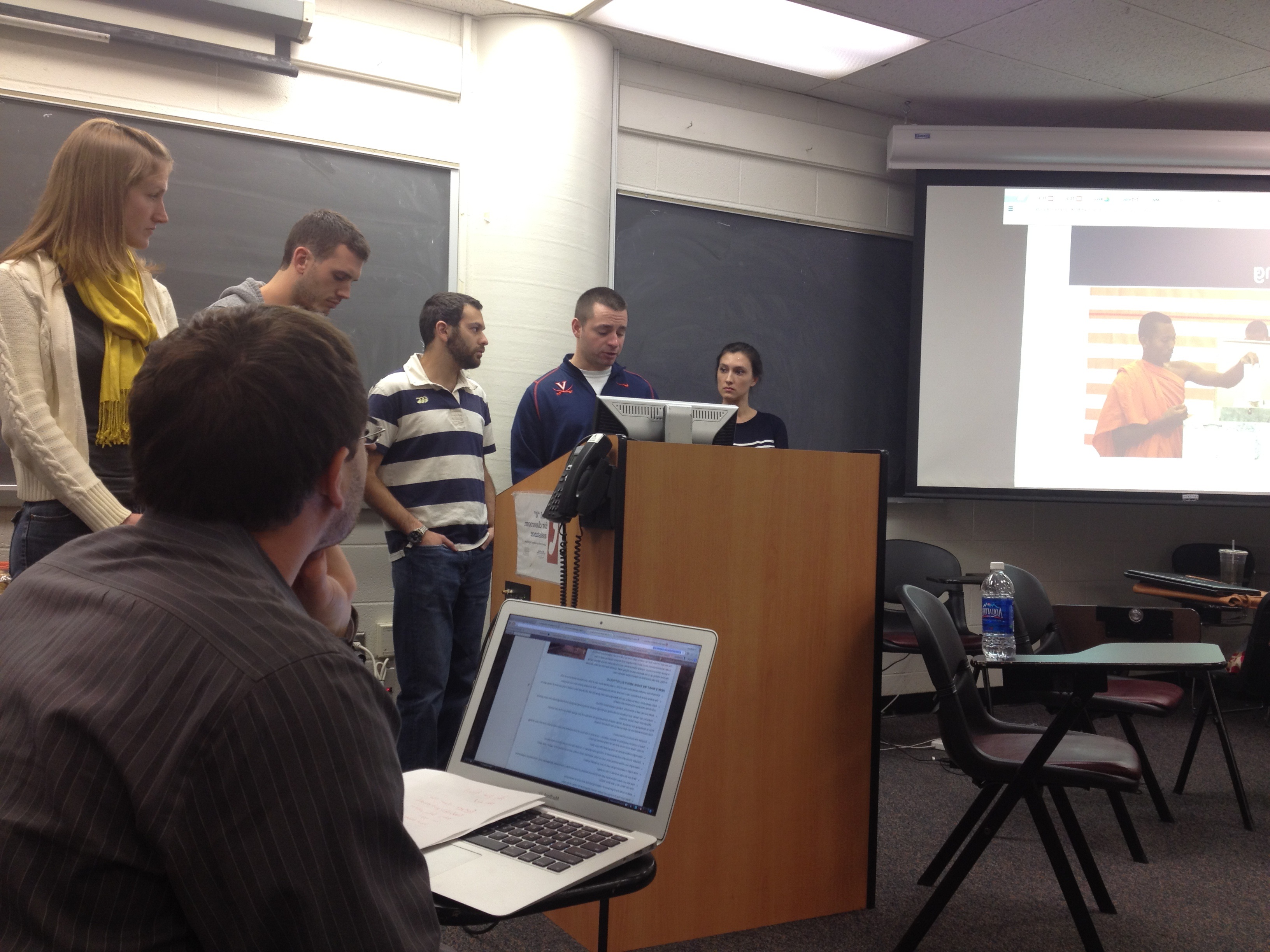A technique recently used by Russian spies to communicate with their handlers could be used by dissidents to spread information from within totalitarian regimes. Unlike cryptography which encodes a message with a cypher, steganography hides content in plain sight.
One of the first known examples involved carving a message into the wooden backing of a wax tablet which was revealed by removing the wax writing surface. Large media files offer the perfect location for modern steganography. One strategy would change every 100th pixel in an image file to correspond to a letter, which would produce a change too subtle to be noticed but could conceal short messages.
Georgia Tech School of Computer Science researchers have proposed a tool—Collage—that would simplify the process of using to steganography to hide controversial discussions in plain view on popular social networking sites. Collage simplifies the process of concealing a message, uploading it and revealing it to a recipient. Like one time pads in cryptography, Collage would use a shared database of tasks to allow both parties to know what file will contain the hidden data. For example, one task might be uploading a photo to Flikr with a particular user ID, a recipient using Collage with the right task database could then download the photo and reveal the hidden message.
Collage has a number of benefits over current methods of circumventing censorship. Unlike using a proxy service, there is no need for outside infrastructure. Additionally, the reluctance of regimes to throttle legitimate content combined with the shear number of possible sites improves the likelihood of success. If the new cold war is over the freedom to communicate then Collage is a tremendous benefit to those with subversive ideas and powerful enemies.



